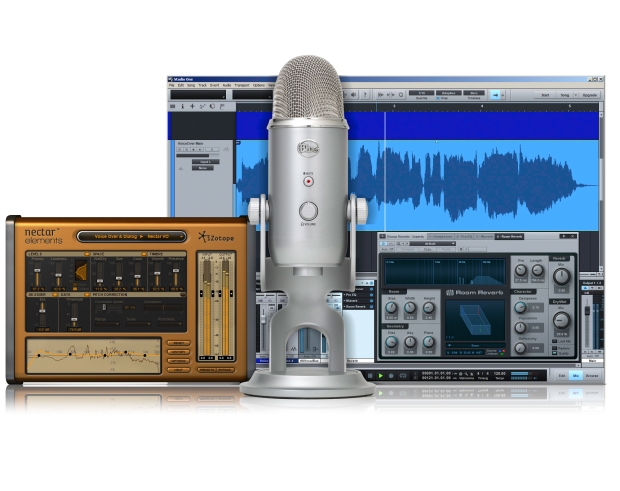Everyone takes a different path to their first media job. Some people land their first choice right out of college. Others need to apply to dozens of places before landing an interview. There’s not a perfect way to get the job you want, but it can help to learn from the experience of others. In our feature “How I Got the Job,” we talk to some of the best people working professionally in media about what they did to get a foot in the door, and what it took to finally sign the contract. This week: Hannah Everman, producer and former assignment editor at KDRV in Medford, Ore.
 When did you start looking for your first TV job?
When did you start looking for your first TV job?
I graduated from the University of Oregon with my bachelor’s degree in Journalism, and an emphasis on broadcasting, in June of 2013. My classmates had begun looking for jobs months before graduation, but I chose to search for internships, because I was not positive on the track I wanted to take within TV news. I solidified an internship in my hometown of Medford over spring break, and I started the week after graduation.
Do you remember what work samples you included in your job hunt?
As I progressed through my three-month internship, I realized I didn’t want to be an on-camera reporter or anchor. I found myself thriving behind the cameras, and decided to pursue a job as an assignment editor. AE’s don’t need reels, but they do need a spotless resume, cover letter and great people skills. My resume was one page, and played up my strengths. I also didn’t include anything that I couldn’t confidently talk about in an interview. Assignment editors may also be asked for work samples. I included only my published articles, and when possible, ones that were written in AP Style. In my cover letter, I tried to focus not just on why I wanted the job, but also drawing attention to my personality and why I would be a better fit than anyone else.
You started as an intern. What did you take advantage of in your internship to help you land a full-time job?
First off, I love internships! As an intern, I was willing to do anything and always available. I was a pushy intern. In local news, you’re often thrown into the deep end without a life jacket, and I was determined not to drown. I always arrived 10-15 minutes early, I brought story pitches to every morning meeting, and most of all, I always kept myself busy. The greatest gift of interning in a small market is that the station usually needs the extra help! I took advantage of that by offering to be a reporter’s photographer for the day, I would help producers write scripts, and if a production assistant was gone, I’d offer to operate cameras on the floor or run teleprompter. As an intern, I think you are never too low or too high for any task, you are simply there to soak up all the knowledge you can in the time that’s given to you. Throughout all this, I would also check in with my news director as often as possible to ask him for feedback on my performance. All of this combined, ultimately gave me the skills I needed to head into the workforce. By the end of my internship, I had experience in everything from being in production to editorial to on camera techniques.
What happened in your first interview?
My pushy intern personality pushed itself right into my first interview. At the end of my internship, the woman working as the assignment editor at my station was leaving. Her contract was up, and they needed to fill the spot. I immediately went into my ND’s office and said he should consider me. Because he knew me from my internship, it was not as formal of a “first” interview as many people experience. If you ever find yourself grasping for a job out of your internship, my advice is to have your goals clear. He asked me certain questions to make sure I didn’t just want any job, but that I wanted that specific job. Stepping up from being an intern to a full-time employee can also be a challenge, and he questioned if I would be able assert authority and not have my coworkers refer to me as “The Intern” for the rest of my career. Other than that, it was more of a conversation than an interview and focused more on long-term goals, rather than talking about strengths and weaknesses.
Did you ever turn down a job offer? Why?
Not yet! During the last few weeks of my internship, I applied to two stations in Philadelphia, but I didn’t hear back from them before I took my current position.
When did you get an offer? How did it happen?
It moves fast. A few days after that interview with my ND as an intern, a contract was drawn up and I was made an offer. I had a weekend to think about it.
Looking back, what would you have changed about the process?
I wouldn’t change a thing. It was the best opportunity for me to start my career with a team I was already familiar with, and living in an area I knew well. It’s coming up on two years that I’ve been with my station, and everyday is still a learning experience, which is amazing.












